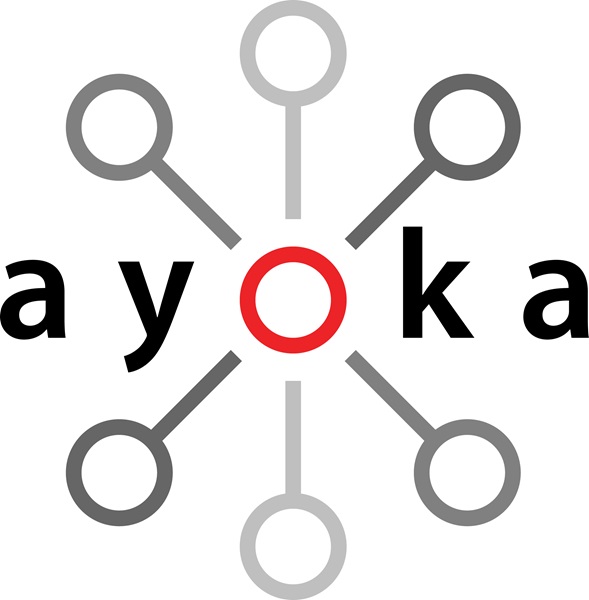From August 2024 through May 2025, I interned as the
lead developer on Ayoka Systems’
physician-facing web portal—built on a legacy
.NET stack with ADX.Core/ADX.Data layers—used by clinics across the
Western Hemisphere to track patient pain
indices and treatment progress. As the
go-to engineer, I owned the full lifecycle of critical fixes and enhancements, ensuring every
physician saw accurate, up-to-date data when logging in.
I tackled a broad spectrum of bugs: mis-firing LINQ queries
that omitted patient records, pages timing out under heavy load, and UI components failing to
communicate correctly. Using Visual Studio’s debugging and performance-profiling tools, I traced
issues back to inefficient SQL joins, missing indexes, and stale cache configurations—then rewrote
queries, added indexes, and introduced targeted server-side caching
to reduce load times by up to 60%. Every fix included automated regression tests to prevent regressions in future releases.
We adopted a trunk-based workflow: I used
SourceTree for local branch management, created short-lived
GitLab feature branches, and opened merge requests with
peer code reviews and automated CI checks. For all database work—schema changes, migrations, and
ad-hoc verification—I relied on
DBeaver to explore table relationships visually, write complex SQL
scripts, and preview data before committing
Entity Framework migrations, guaranteeing consistency across
our dev, staging, and production environments.
On the feature front, I redesigned the initial patient
assessment flow to prioritize
accessibility for elderly users: I updated the UI with
larger touch targets, clear step-by-step instructions, and built-in
validation messages that reflect our
business-logic rules (e.g., pain-scale thresholds). Behind the scenes, I added new tables and
columns via EF migrations and populated them with seed data using LINQ queries. I also modularized the assessment code into
reusable C# services, making future enhancements faster and more maintainable.
The pinnacle of my internship was architecting a bidirectional Salesforce
integration. I registered a
Connected App in Salesforce, generated JWT certificates, and built secure
ASP.NET Web API endpoints to issue and validate tokens. In C#, I
mapped our Patient and Attorney entities to Salesforce objects and wrote
Apex classes/triggers to mirror create/update operations both
directions. Now, whenever a clinician adds or updates a patient in Salesforce, the web portal DB
updates instantly—and vice versa—ensuring unified, error-proof data
across systems.



